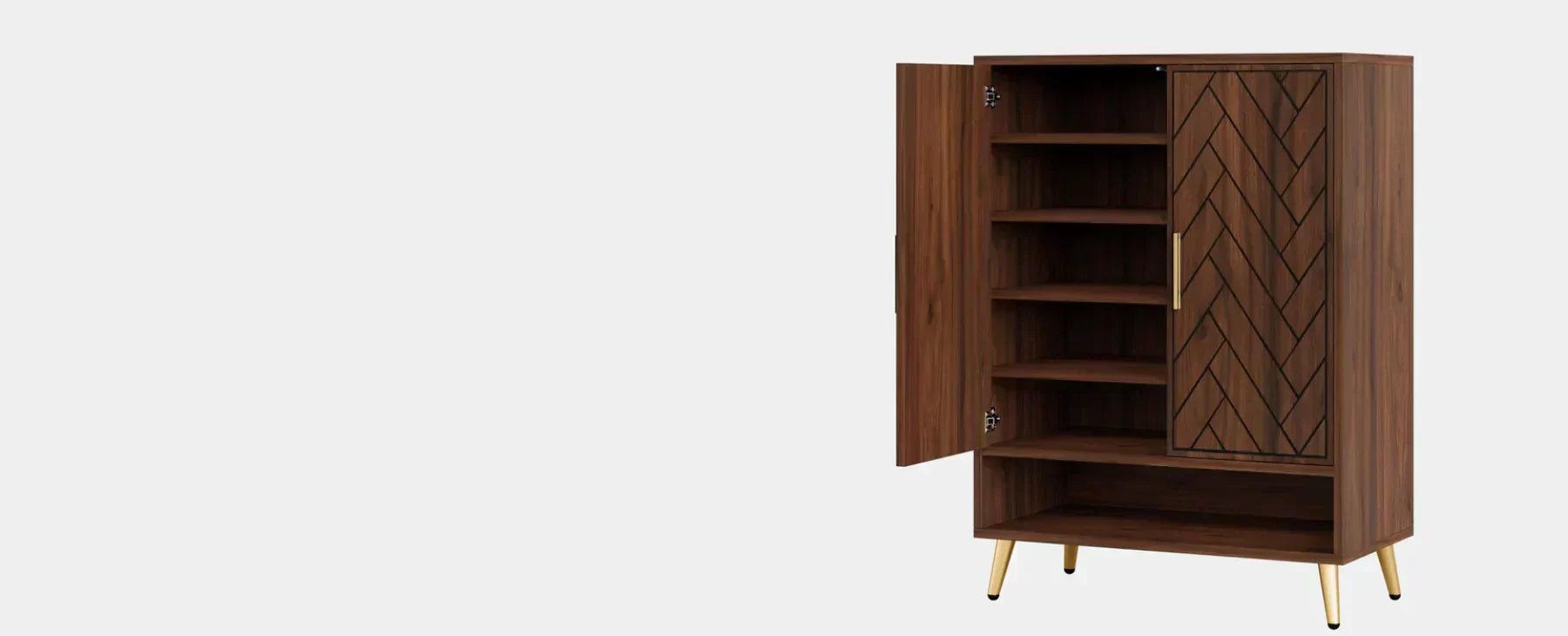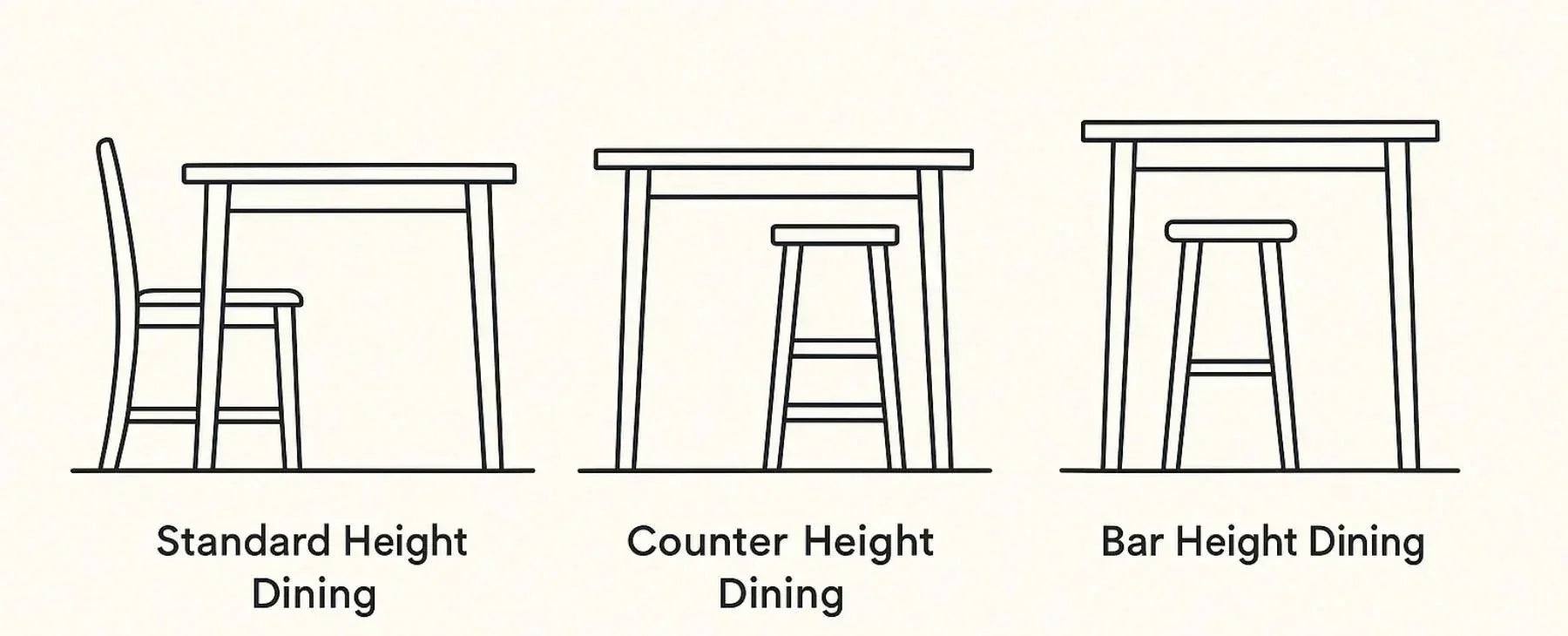The right bathroom lighting is more than just functional; it’s a design element that can completely change the look and feel of a space. From enhancing the visibility of everyday items to creating a relaxing atmosphere, choosing the right fixture can enhance style and practicality. Or go for a lit vanity.
Types of Bathroom Light Fixtures
Choosing the right light fixtures for your bathroom isn’t just about style — it’s about creating layers of light that serve different purposes. Here’s a breakdown of the most common types of bathroom light fixtures and how they can enhance both functionality and ambiance:

Vanity Lights
Positioned above or beside the mirror, vanity lights provide focused illumination for grooming tasks like shaving, makeup application, and skincare. They minimize shadows and ensure even lighting across your face. For a modern look, consider multi-light fixtures like the Tribesigns 3-Light Vanity Light, which offers balanced lighting while adding a decorative touch.
Wall Sconces
Mounted at eye level on either side of the mirror, wall sconces deliver soft, ambient light that reduces harsh shadows. They work well in smaller bathrooms where overhead lighting alone may not be sufficient. For a cohesive look, choose sconces that complement other fixtures in the room.
Ceiling Lights
This fixture type provides general illumination for the entire bathroom. Flush and semi-flush mounts are ideal for bathrooms with low ceilings, while chandeliers or pendant lights can add a dramatic effect in larger or more spacious bathrooms.
Recessed Lighting
For a sleek, modern look, recessed lights are perfect for areas like showers, tubs, or directly above vanities. Ensure they are damp-rated for safety. Use adjustable or directional recessed lights to highlight specific areas or architectural features.
Pendant Lights
These hanging fixtures can add a decorative element to a spacious bathroom, especially over freestanding tubs or double vanities. Choose pendants with glass or metal finishes to create a focal point without overpowering the space.
Chandeliers
If you want to make a statement, a chandelier can elevate the look of a bathroom, lending a touch of luxury. Ensure it is damp-rated and installed in a spot where it won’t interfere with movement or moisture, such as above a tub or in the center of the ceiling.
Understanding Lighting Layers
Ambient Lighting: Overall illumination to light up the entire space. Ceiling lights and chandeliers work well for this purpose.
Task Lighting: Focused light for specific tasks like shaving or applying makeup. Vanity lights or sconces are the go-to fixtures for this layer.
Accent Lighting: Highlights architectural features, artwork, or decorative elements. Recessed lights or small pendants can effectively serve as accent lighting.
Choose the Right Fixture Size
Choosing the right size of bathroom fixtures is essential to achieving balanced lighting and an overall look. The following detailed guidelines can help you choose the right size and placement for each fixture:

Proportional Size:
1. Vanity Lights:
The width of a vanity fixture should be approximately 75% of the width of the mirror. This ensures that the light is in proportion to the mirror and effectively illuminates the face without making the space appear too crowded.
For example, if your mirror is 36 inches wide, choose a vanity fixture that is approximately 27 inches wide.
For a double vanity with two mirrors, consider installing two separate vanity lights, one directly above the mirror, or one large fixture that spans both mirrors.
2. Wall Lights:
Wall lights should be spaced 28-30 inches apart to evenly distribute light on both sides of the mirror. This spacing minimizes shadows and provides balanced task lighting. The height should be 65-70 inches from the floor and at eye level to ensure even facial lighting. This height is suitable for most adults.
3. Ceiling Light Fixtures:
For ceiling lights or pendant lights, the recommended diameter can be determined using the following formula: Room Length (feet) + Room Width (feet) = Light Fixture Diameter (inches)
For example, if the bathroom is 8 feet x 10 feet, the ideal light fixture diameter is 18 inches.
4. Chandeliers:
When installing a pendant light above a vanity, hang it 28-34 inches above the countertop to avoid glare and ensure ample space. If using multiple pendant lights, space them 24-30 inches apart to avoid overcrowding.
Installation Tips:
1. Above the Mirror:
Make sure there is at least 3 inches of clearance above the mirror to prevent the fixture from visually crowding the mirror and to avoid creating harsh downward shadows.
The bottom of the fixture should be 75-80 inches from the floor, and the bulb should be slightly above eye level for optimal lighting.
2. Between the fixture and the ceiling:
Allow at least 12 inches of clearance between the top of the fixture and the ceiling to ensure even light distribution.
For bathrooms with high ceilings (9 feet or higher), consider using semi-recessed or pendant lights to fill the vertical space while maintaining balanced proportions.
3. In the shower or over the tub:
For recessed or ceiling fixtures in wet areas, choose moisture-resistant or humidity-resistant fixtures and install them at least 8 feet above the tub or shower floor.
For added safety, keep 3 feet horizontally and 8 feet vertically from the top of the tub to the bottom of the fixture.
Other Considerations:
Mirror-to-Light Alignment: The width of the light fixture should not exceed the width of the mirror. If it does, it will create jarring shadows that disrupt the visual balance.
Multiple Vanity Lights: If you have a double vanity, use two separate fixtures or a multi-light fixture with evenly spaced bulbs to provide even lighting for both sinks.
Dimmable Light Fixtures: Consider using dimmable fixtures to adjust the brightness based on the time of day or specific tasks. This is especially effective for ambient lighting.
Selecting the Appropriate Bulbs
Brightness:
- For general lighting, aim for 1,500-2,000 lumens.
- For vanity areas, 2,500-3,000 lumens ensures adequate task lighting.
Color Temperature:
- Warm white (2700K-3000K) for a cozy, relaxing feel.
- Cool white (3500K-4100K) for a bright, clean look — ideal for task lighting.
- Daylight (5000K-6000K) for precise visibility, especially for makeup application.
Energy Efficiency:
- LED bulbs consume less energy and have a longer lifespan.
- Consider dimmable LEDs for added ambiance and control.
Safety Considerations
- IP44: Suitable for areas prone to splashes (near sinks).
- IP65: Ideal for shower zones and wet areas.
- Damp or Wet Rated Fixtures: Ensure all fixtures are rated for bathroom use to prevent electrical hazards.
Design and Style Tips for Bathroom Light Fixtures
1. Match the Style to Your Space
The right fixture can tie your bathroom’s look together. For a modern vibe, go for sleek, chrome, or matte black finishes. If you’re aiming for a farmhouse feel, choose rustic wood accents or oil-rubbed bronze. Prefer a classic look? Polished nickel with frosted glass is timeless. Want something bold? Industrial styles with exposed bulbs and metal finishes add character.
2. Create a Visual Focal Point
Make your lighting a statement piece. In large bathrooms, consider a chandelier or oversized pendant over a tub or in the center of the room. For smaller spaces, a multi-light vanity fixture like the Tribesigns 3-Light Vanity Light can provide ample brightness without overpowering the room. Accent lighting, such as sconces, can also draw attention to mirrors or artwork.
3. Choose the Right Glass and Finish
The material and finish of your fixtures impact both style and lighting quality.
- Clear Glass: Maximizes light output and works well in small bathrooms.
- Frosted Glass: Softens the light and reduces glare, perfect for relaxing spaces.
- Matte Black: Modern, versatile, and pairs well with most decor.
- Brass or Gold: Adds warmth and a touch of luxury, especially in contemporary or classic spaces.

FAQs
What Size Mirror for a 36-Inch Vanity?
For a 36-inch vanity, the ideal mirror width is typically 28 to 34 inches. This size ensures that the mirror is proportionate to the vanity without overpowering it.
What is the Best Lighting For a Bathroom Vanity?
Vanity lights that emit 2,500-3,000 lumens with a color temperature of 3500K-4100K provide bright, balanced lighting.
How Many Lumens Should a Bathroom Vanity Light Have?
When it comes to bathroom vanity lighting, lumen output is key to achieving sufficient brightness for daily tasks like shaving, makeup application, and skincare.
Single Vanity Light or Bulb: If you’re using a single fixture or bulb, aim for around 1600 lumens. This provides ample brightness without being overly intense.
Complete Vanity Setup: For a full vanity lighting setup, which may include multiple lights or a multi-light fixture, the recommended range is 2,500 to 3,000 lumens. This level of brightness ensures even, balanced illumination across the entire vanity area.
Can I Install a Chandelier in the Bathroom?
Yes, but ensure it is damp-rated and installed away from direct water exposure.
How High Should Vanity Lights Be Mounted?
Position vanity lights 65-70 inches above the floor for optimal lighting and minimal shadows.
Conclusion
Choosing the right bathroom light fixtures is essential for both aesthetics and functionality. From vanity lights to recessed lighting, each fixture serves a specific purpose. With options like the Tribesigns bathroom light fixtures, you can achieve a well-lit, stylish bathroom that enhances daily routines.



